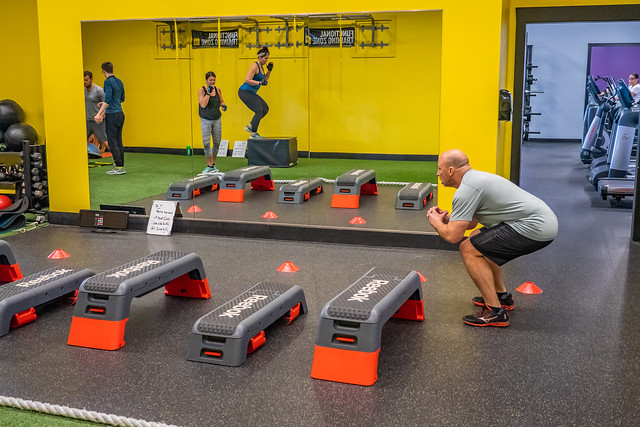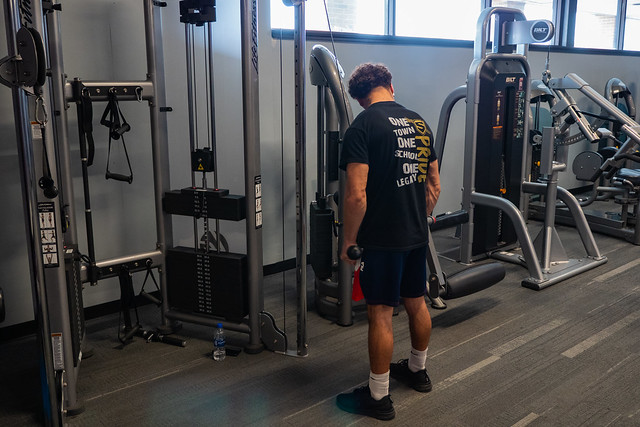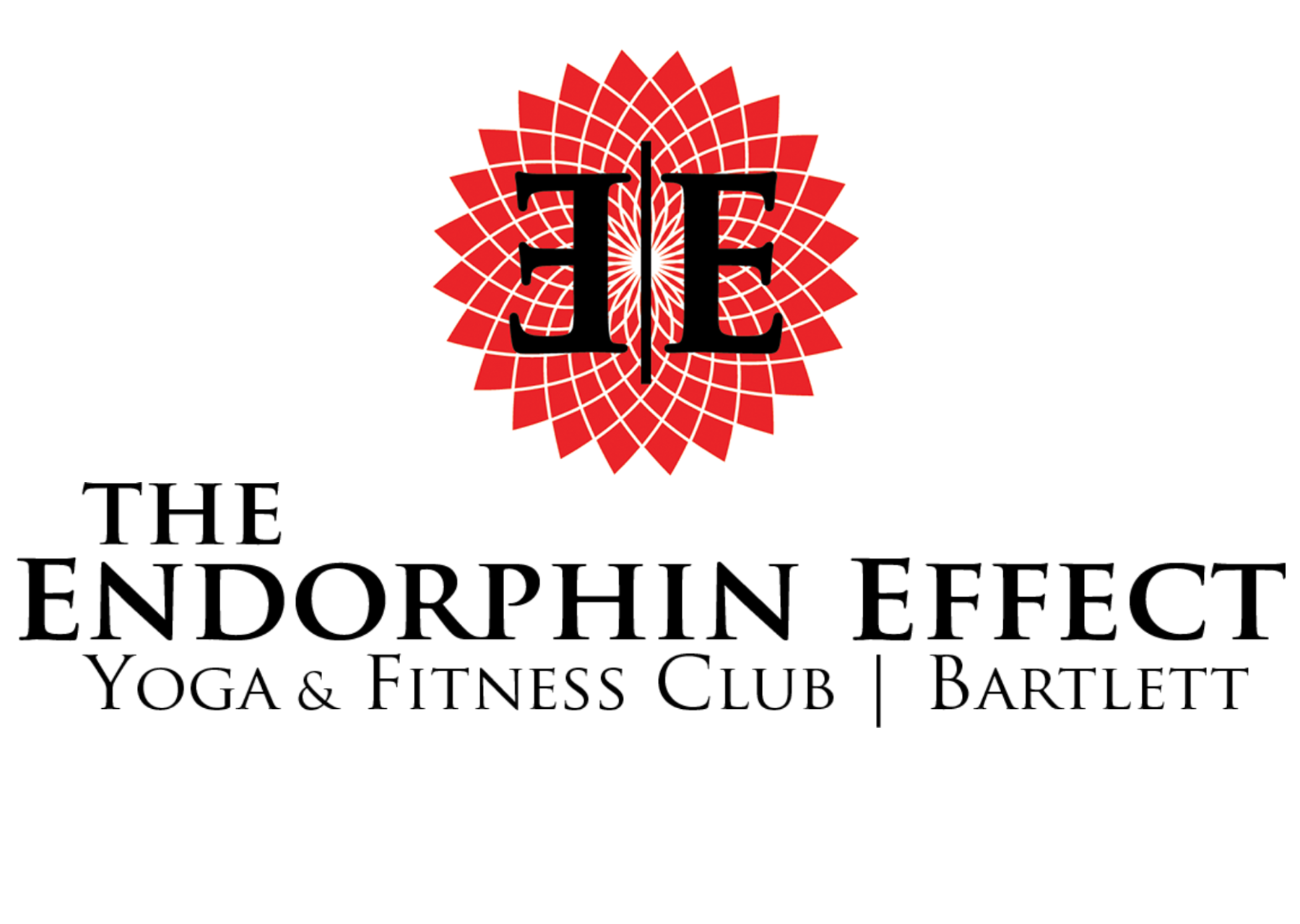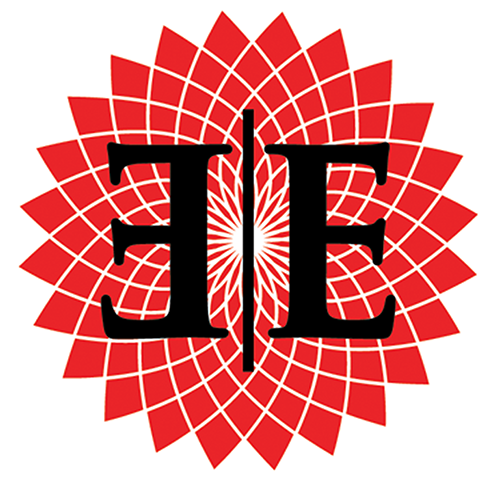As it first began to gain popularity, massage was typically offered in luxury spas and upscale health clubs. Now, it can be found practically anywhere, and you or someone you know has more than likely received one. There are a few different types of massage and each provides the body with different benefits. In this post, we’ll take a deeper dive into the world of massage, which may be best for you and how a massage can help you recover and achieve your fitness goals.
What is Massage?
According to the Mayo Clinic, massage is a general term for pressing, rubbing and manipulating your skin, muscles, tendons and ligaments. It may range from light stroking to deep pressure. There are many different types of massage, such as:
Swedish Massage: This is a gentle form of massage that uses long strokes, kneading, deep circular movements, vibration and tapping to help relax and energize you
Deep Massage: This massage technique uses slower, more-forceful strokes to target the deeper layers of muscle and connective tissue, commonly to help with muscle damage from injuries
Sports Massage: This is similar to Swedish massage, but it’s geared toward people involved in sport activities to help prevent or treat injuries
Trigger Point Massage: This massage focuses on areas of tight muscle fibers that can form in your muscles after injuries or overuse

The Benefits
Massage is generally considered part of complementary and integrative medicine. It’s now being offered along with standard treatment for a wide range of medical conditions and situations.
According to the Mayo Clinic, studies of the benefits of massage demonstrate that it’s an effective treatment for reducing stress, pain and muscle tension.
While more research is needed to confirm the benefits of massage, some studies have found massage may also be helpful for:
Anxiety
Digestive disorders
Fibromyalgia
Headaches
Insomnia related to stress
Myofascial pain syndrome
Soft tissue strains or injuries
Sports injuries
Temporomandibular joint pain
Beyond the benefits for specific conditions or diseases, some people enjoy massage because it often produces feelings of caring, comfort and connection. Despite its benefits, massage isn’t meant as a replacement for regular medical care. Let your doctor know you’re trying massage and be sure to follow any standard treatment plans you have.

Fitness Impact:
As the list shows, massage can be appealing for a laundry list of reasons. Along with helping to treat sports injuries, massage can also be a terrific complement to your yoga or fitness schedule. Before we explain some of the ways massage makes that possible, we’ll hear from some of our Endorphin Effect staff on the health benefits that massage can provide.

“Massage is the most basic form of pain relief, stress reduction and comfort. The use of massage is also a preventative tool to injury, illness and mental deterioration. In addition, depending on the technique, massage can create a clearer bond between the mind and body.” – Humberto Medina, Operations Manager
“Massages can help someone relax and release built up tension and stress in the muscles.” – Priscilla Rodriguez, Yoga Instructor
“Massage is just a big part of my fitness as working out, yoga & nutrition. Massage relieves tired muscles, improves circulation and keeps my joints and tendons healthy.” Miwa Gardi, Founder
Those sentiments were echoed by Fitness Expert Ryan Spiteri in a recent article that specifically addressed how massage therapy can impact muscle growth. The full list can be found here, but you can find some of the highlights below.
Improve flexibility
For every lift you do in the gym (bicep curls, shoulder press, squats, etc.), you should always use a full range of motion. It’s the best way to build muscle, strength, and endurance, and avoid developing an injury. But you need flexibility to do this.
Static stretching and foam rolling (also called self-myofascial release) can lengthen muscles and release knots and adhesions that limit flexibility. I include stretching recommendations in all my plays. Massage therapy can help with flexibility, too.
In a recent study published in the Journal of Bodywork and Movement Therapies, researchers found that three minutes of massage therapy helped improve flexibility in tight hamstrings.[1] The same technique can be used to improve flexibility for other muscles.
“This technique may prove beneficial and effective for athletic trainers, massage therapists and physical therapists who are looking for a modality that quickly and efficiently helps restore flexibility to tight musculature,” says lead researcher Dr. Jeffrey Forman.
Speed recovery
Hit a workout hard, and you’re probably going to experience delayed onset muscle soreness, typically 1 to 3 days after your workout.
It’s a sign the muscles you trained have experienced the kind of muscle damage needed to promote growth. But if you’re too sore after a workout, it might interfere with your next training session.
Here’s another reason to book a massage therapy session. It helps speed recovery and heal damaged muscles, says researcher Pornratshanee Weerapong.
“Massage can produce mechanical pressure, which is expected to increase muscle compliance resulting in increased range of joint motion, decreased passive stiffness and decreased active stiffness (biomechanical mechanisms),” says Weerapong. “Mechanical pressure might help to increase blood flow by increasing the arteriolar pressure, as well as increasing muscle temperature from rubbing.”

